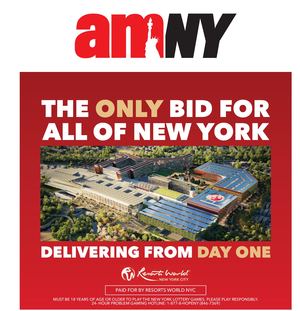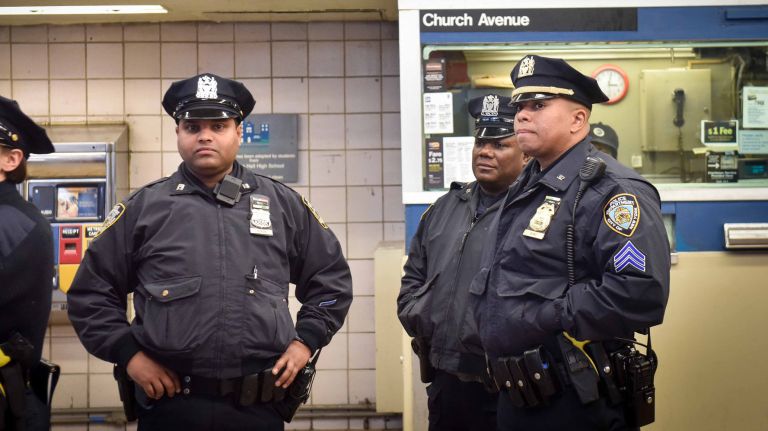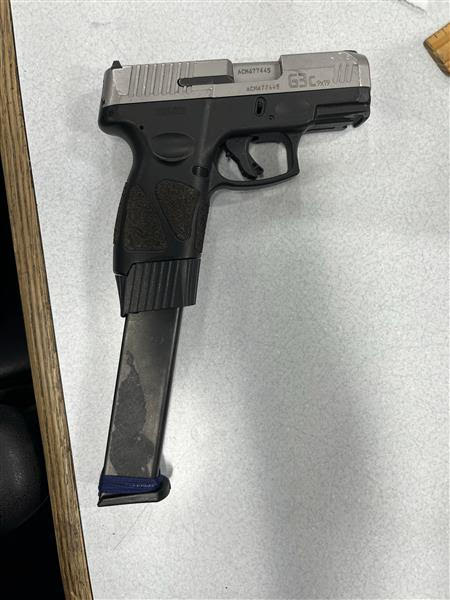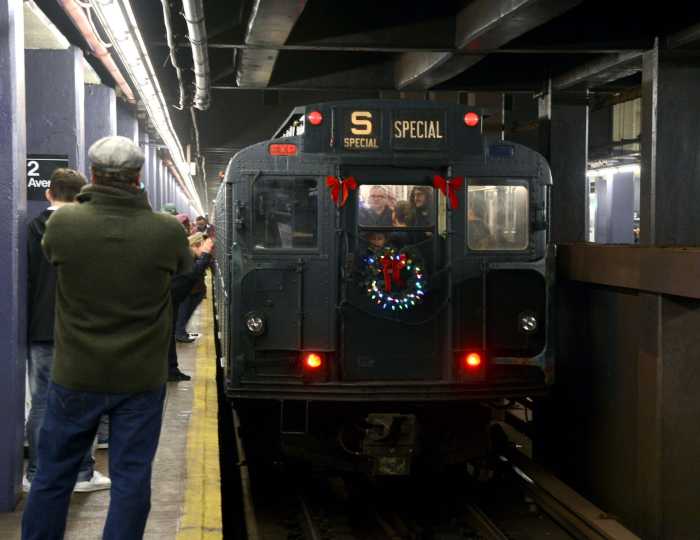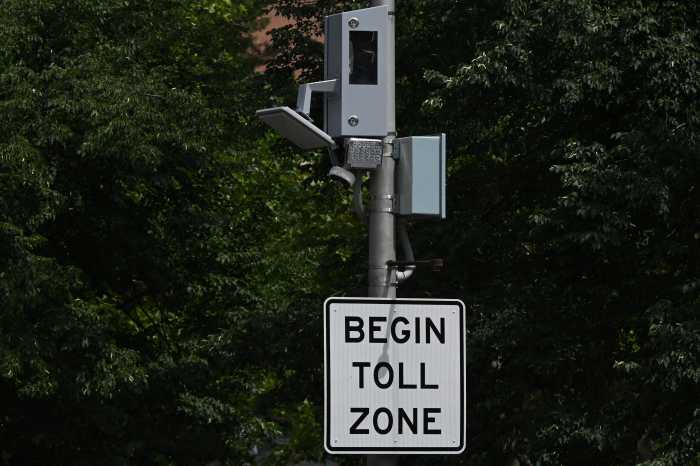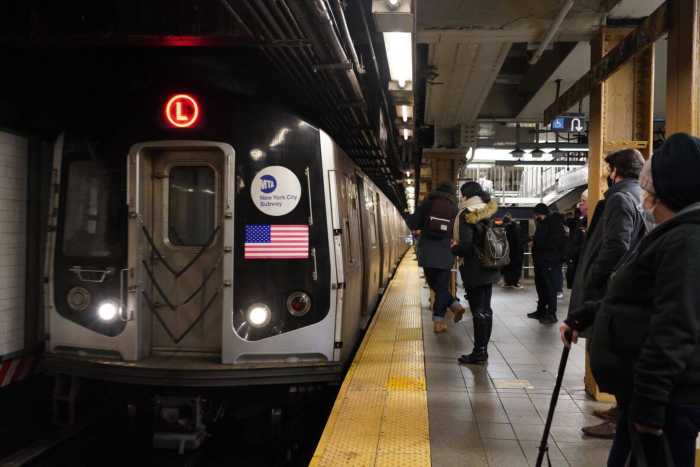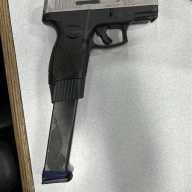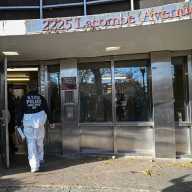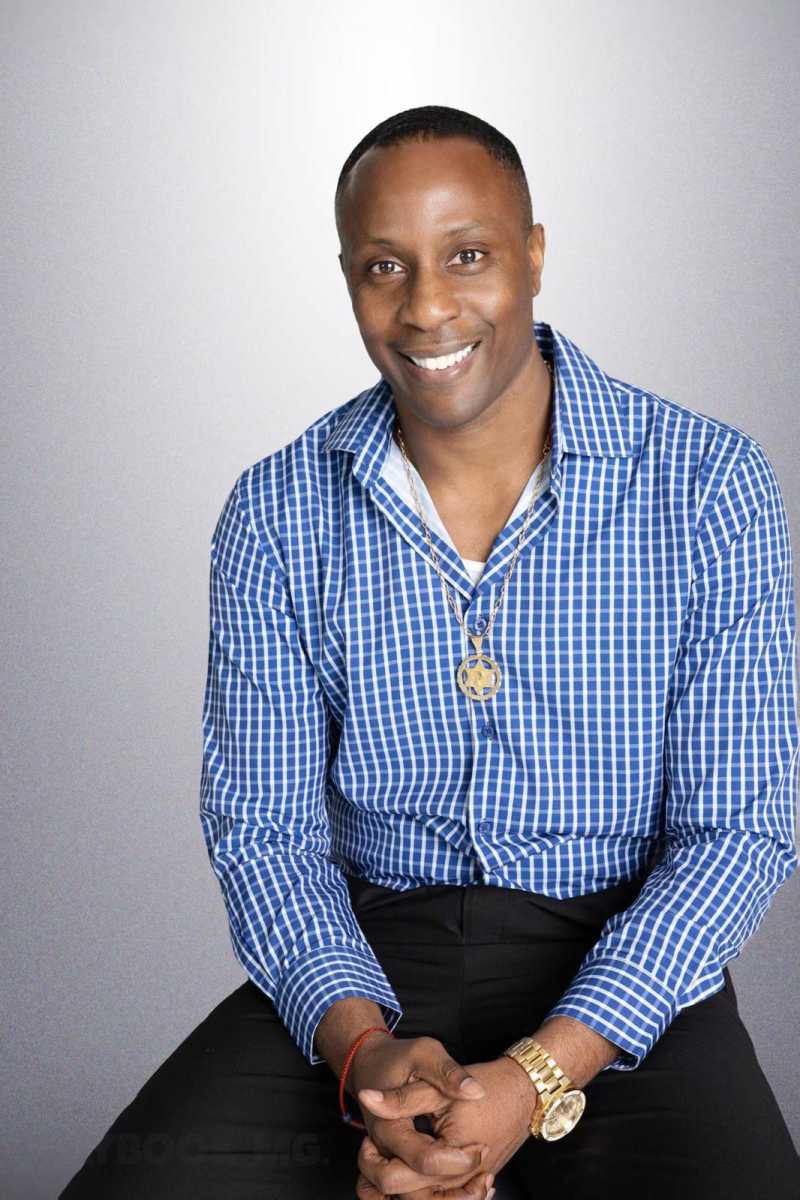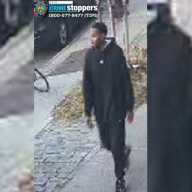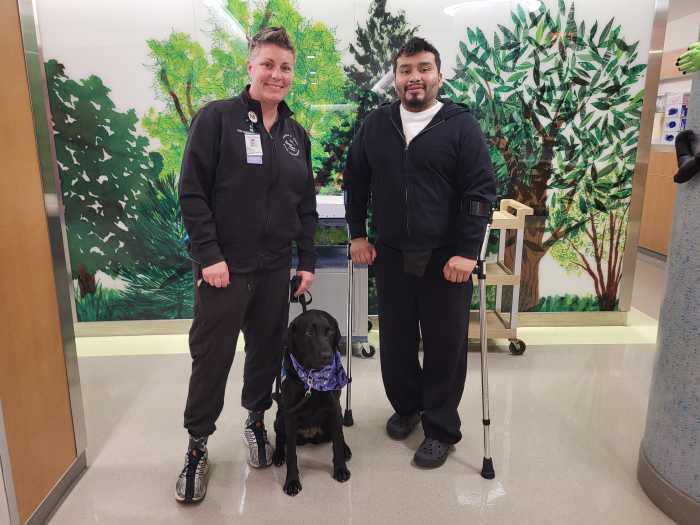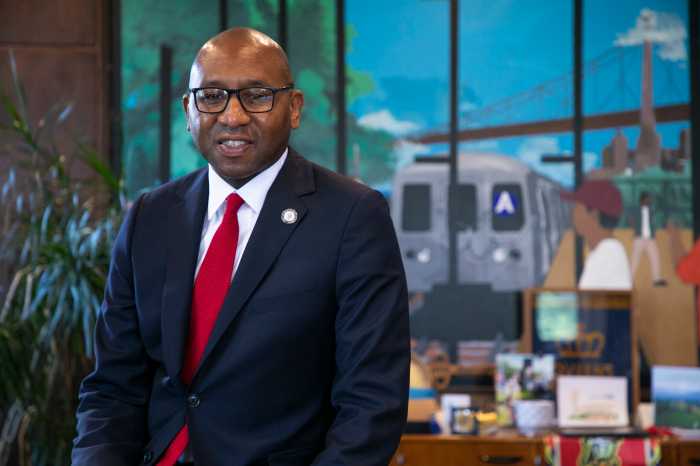
Gov. Andrew Cuomo on Monday announced he would be directing 500 additional law enforcement agents to the subway and bus system to combat assaults against transit workers and what the MTA believes to be an increase in fare evasion. Cuomo said he also will explore additional video monitoring.
“There’s no doubt these are major problems, and they have been for a long time,” said Cuomo at a news conference at his midtown office, adding that no goals had yet been established to judge the effort’s success.
Though crime in the subways, as in the city more generally, is low, Cuomo said the uptick in worker attacks and fare evasion should not be allowed to continue. The MTA will also explore a new design for the fare areas — which include turnstiles and subway emergency gates — that would discourage turnstile jumping or passing through open emergency gates, Cuomo said. The state-controlled transit authority estimates it lost $225 million in potential revenue from fare evasion in 2018.
Of the 500 new police officers, 200 will be added NYPD officers; 200 will be redeployed MTA police and another 100 will be transferred from the MTA Bridge and Tunnel police force. The force will begin ramping up on Monday, with the added officers focusing on 50 subway stations and another 50 bus routes. Cuomo said there is a correlation between stations and routes where there is a high level of worker assaults and fare evasion.
Public defenders and civil rights activists have winced at the prospect of adding police to the city transit system, after what they charge to be years of discriminatory enforcement against poor and minority commuters. The boost represents a 20% increase from the current 2,500 uniformed officers the NYPD currently deploys in the transit system.
MTA chairman Pat Foye said the effort was not about increasing fare evasion arrests.
“This is about deterrence, not arrest,” Foye said.
The initiative will be funded over four years via $40 million in criminal forfeiture funds from Manhattan District Attorney Cy Vance. Half of the additional NYPD officers will be reallocated from precincts and transit districts. The other half will be pulled form the new class of police officers graduating on July 2, a move that will not add costs to the city, according to mayoral spokesman Seth Stein.
“This partnership means more eyes and ears in stations, and more officers for New Yorkers to turn to when they need help," said de Blasio in a statement. "The additional officers we’re deploying to the subway system will protect riders, prevent fare evasion and respond in emergencies.”
As the MTA wades through a financial crisis amid a ridership decline, the authority in recent months has been drumming up concern around the level of fare evasion on the subways and local bus routes. NYC Transit president Andy Byford in March called for more cops in the transit system after the authority claimed that on average one in five bus riders avoid paying the fare.
But critics are skeptical of the MTA’s figures. Fare evasion is calculated by survey samples of select subway stations and bus routes across all boroughs. Those surveys take place during peak and off-peak commuting hours and are then applied across the system. The authority surveyed 140 bus routes — about 59 percent of all its local routes — but it has not provided details on how many surveys were taken or for how long each survey lasted.
Danny Pearlstein, a spokesman for the nonprofit Riders Alliance, said he believes the debate around fare evasion is a “distraction” from the real issue: poor subway and bus service.
“The fare evasion conversation overall is a red herring. When the governor talks about fare evasion he’s throwing the subway’s problems back on riders,” Pearlstein said. “I don’t think [the MTA] really has the data. Their analysis is pretty thin around why they think there is more fare evasion.”
And crime in the subways is trending down and far below what it was just two decades ago. Last year, there were 2,500 crimes in the subway system — about one crime for every million riders. That’s about an 86% drop from the 17,500 subway crimes reported in 1990.
Tina Luongo, Attorney-In-Charge of the Criminal Defense Practice at The Legal Aid Society, argued that instead of adding police to deter fare evasion, the city should more aggressively roll out its program to offer half-fare MetroCards, known as Fair Fares. She called the increase in police a "wrongheaded and cruel policy."
Cuomo’s added enforcement also comes as the MTA negotiates its contract with the Transport Workers Union Local 100, which represents more than 40,000 MTA bus and subway workers. Cuomo, who has a close relationship with the union, described an increasing number of assaults and harassment against the transit workforce, but his office did not immediately provide data on those incidents.
One of the most recent incidents occurred Saturday, at around 3:30 a.m., when a man punched a transit worker in the face in the 145th Street station of the 3 line in Harlem. Police described the incident as an unprovoked attack. The worker was hospitalized and treated for a cut to his face. Cops are still searching for the suspect.
"This is a big victory for Local 100 and for our members," TWU Local 100 president Tony Utano said in a statement. "We want to go to work and do our jobs and go home to our families unharmed. We are sick and tired of the abuse. We are hopeful that these additional officers will not only deter attacks against our members but also result in quick arrests when crimes do take place."
Subway riders’ reactions seemed mix on the added police and whether they would actually make a difference — at least in terms of deterring fare evasion.
Gabriela Gonzalez Garcia, 18, thinks more officers will "absolutely" be helpful — "additional security would be better for everybody," she said.
But Erica Concepcion, 37, of Manhattan, who said she sees at least two or three people jumping over the turnstiles every morning, was unsure. Most of the people she sees evading fares are teenagers, and she said that officers already harass them.
"I don’t see why they can’t just let teenagers go," she said. "These people are trying to get to where they have to go."
With Li Cohen
TRANSIT AUTHORITY
500 new law enforcement agents are expected to be deployed in subway stations and along bus routes. Here’s now the number breaks down:
- 200 reallocated MTA railroad police
- 200 NYPD police, both new officers and reallocated officers
- 100 reallocated MTA Bridge & Tunnel police
